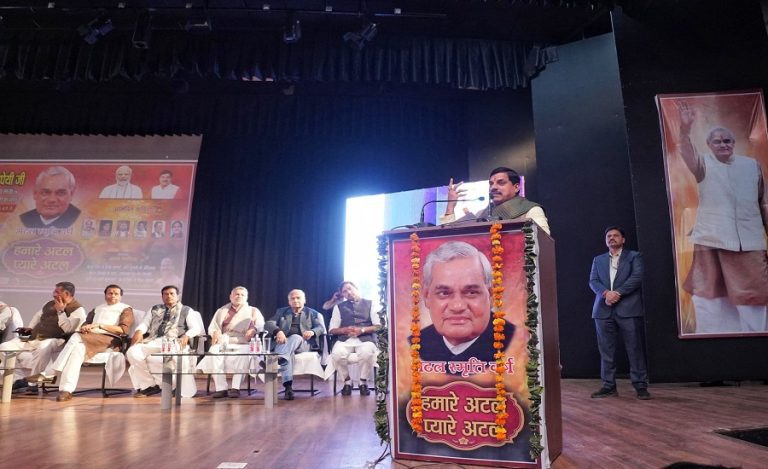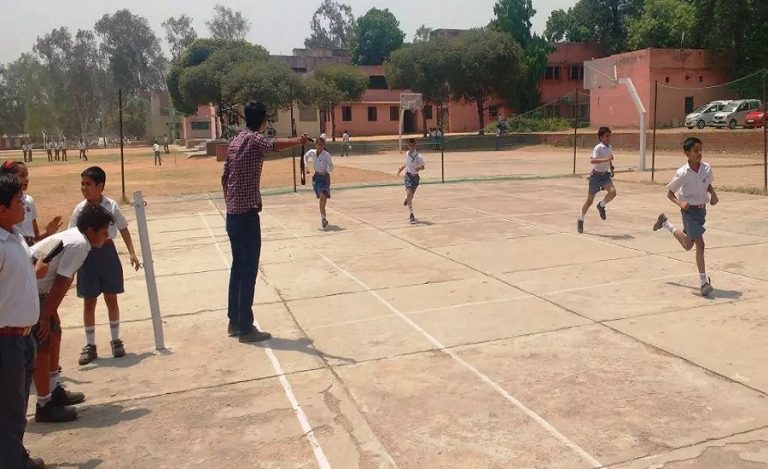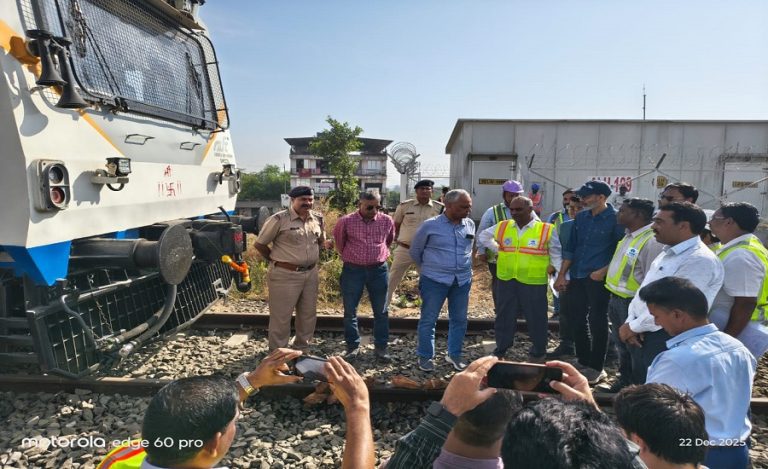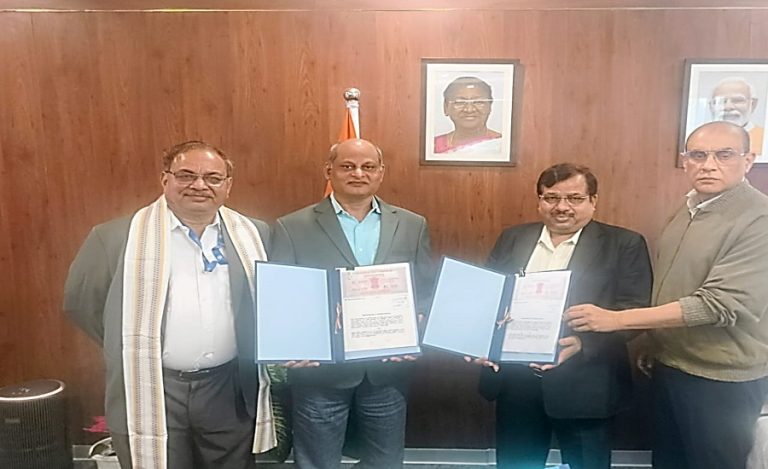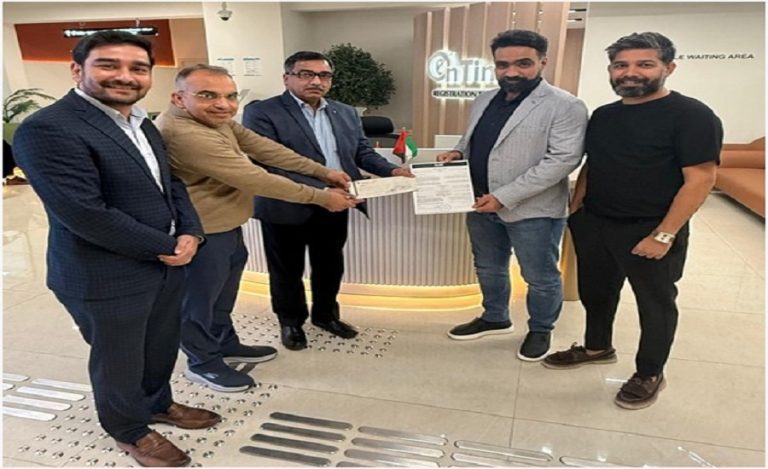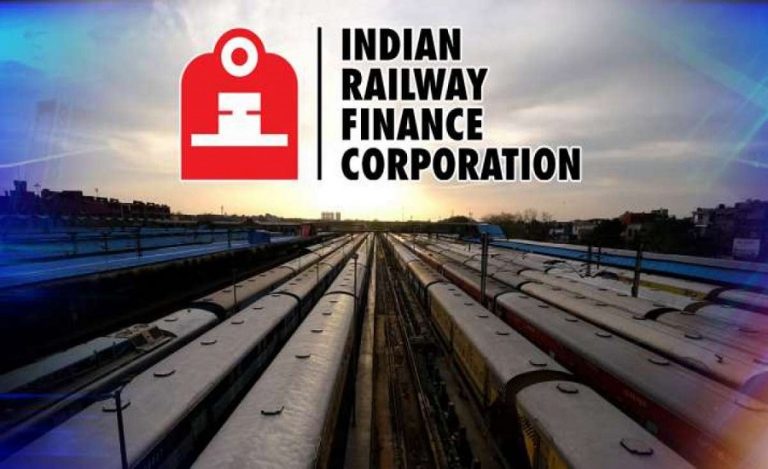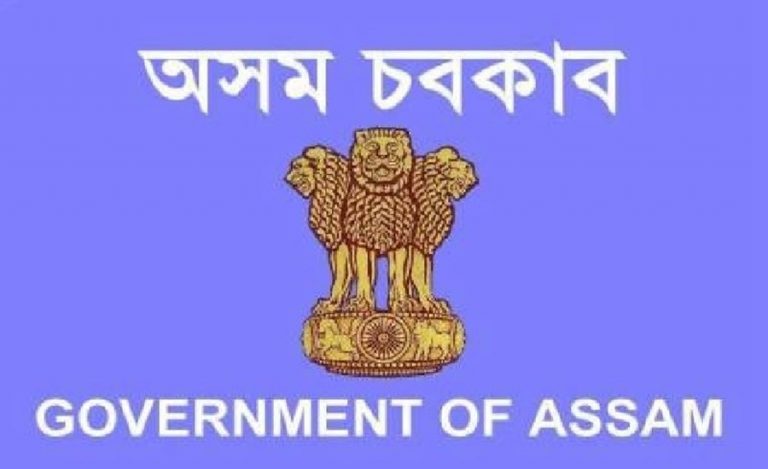Uttar Pradesh Chief Minister Mr. Yogi Adityanath held a special review meeting on Monday with public representatives from Saharanpur, Muzaffarnagar, and Shamli districts to assess developmental progress and address challenges. The meeting, held in Saharanpur, was aimed at going beyond paperwork to incorporate on-ground realities and the experiences of elected representatives into the planning process.
Also Read: State-Level POCSO Workshop in Bhopal on August 7; Top Ministers, Officials to Lead Enforcement Talks
The Chief Minister emphasized that development of Saharanpur division is a top priority and a foundational pillar for building a “new Uttar Pradesh.” He directed officials to expedite and transparently implement all developmental proposals submitted by MLAs, ensuring strict quality control.
Key Projects and Infrastructure Initiatives
Public representatives submitted proposals related to:
- Connectivity to block headquarters and religious places
- Bypasses, flyovers, ROBs, underpasses
- Major and minor bridges, irrigation facilities
- Road safety and inter-district connectivity
CM Yogi gave specific instructions to prioritize projects that enhance interstate connectivity. He also directed the Urban Development Department to consult local MLAs before drafting any project proposals, stressing that public sentiment and ground-level insights must guide policy formulation.
“We must not only plan but also deliver timely results on the ground,” said the Chief Minister. Accountability, technology use, and quality control were identified as key tools to ensure success.
Public Representatives Tasked with Monitoring
Mr. Adityanath called on elected officials to actively monitor implementation of schemes in their constituencies and contribute constructively to policy formation. He reiterated that every scheme must yield concrete benefits, and local inputs must be institutionalized in the governance framework.
Foundation Laid for Rs. 2,517 Crore ‘Atal Shatabdi’ Township in Meerut
Later in the day, CM Yogi laid the foundation stone for a Rs. 2,517 crore integrated township in Meerut under the Chief Minister Urban Expansion/New City Promotion Scheme. Named ‘Atal Shatabdi’ in honour of former Prime Minister Mr. Atal Bihari Vajpayee, the 295-hectare project aims to transform Meerut into a modern urban hub with integrated residential, commercial, and industrial infrastructure.
Strategically located near the Rapid Rail Corridor, the township will feature affordable housing, technical institutions, medical colleges, and employment zones, aiming to generate lakhs of jobs.
Boosting Entrepreneurship and Housing
In a step toward economic empowerment:
- Rs. 29 crore in loans were distributed to 675 budding entrepreneurs under the Mukhyamantri Yuva Udyam Vikas Abhiyan.
- Rs. 64 crore was disbursed to 881 self-help groups.
- Keys to houses were handed to beneficiaries of the Mukhyamantri Awas Yojana.
- Outstanding farmers were honoured with citation certificates for their contributions to agriculture.
Meerut’s Transformation into a National Development Hub
Highlighting the turnaround in Meerut’s image, Mr. Adityanath said that the city once infamous for its ‘Chor Bazar’ areas like Sotiganj is now internationally recognized for its sports goods industry. This transformation is credited to projects like the Rapid Rail, 12-lane expressway, and the One District One Product (ODOP) scheme.
The CM also announced:
- The establishment of India’s first sports university named after Major Dhyan Chand.
- Completion of India’s longest expressway from Meerut to Prayagraj by year-end, cutting travel time to Lucknow to just six hours.
- Reconstruction of the Inner Ring Road and the establishment of a new Circuit House.
A Vision for Holistic Growth
The day’s events underline the Yogi Adityanath government’s commitment to regional development, infrastructure enhancement, and economic empowerment. The dual focus on local needs in Saharanpur division and urban transformation in Meerut signals a strategic vision to create balanced growth across western Uttar Pradesh.


